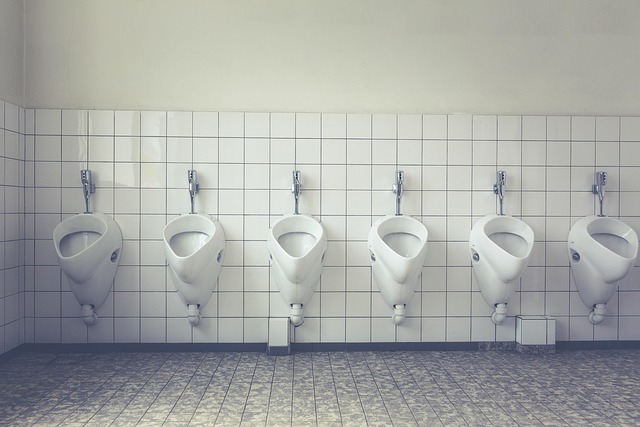In today’s world, the increasing concern over climate change and environmental degradation has pushed many individuals and communities to seek sustainable solutions to their everyday needs. One such innovation that is gaining traction is the dry toilet, a simple yet revolutionary approach to human waste management that significantly reduces our ecological footprint.
As the global population continues to rise, so does the demand for water and sanitation. Traditional flush toilets consume an alarming amount of water—up to 4,000 gallons annually for a single household. This exorbitant usage not only depletes natural water resources but also contributes to an extensive carbon footprint due to the energy required to treat and transport wastewater. In contrast, dry toilets offer a water-saving alternative, using no water at all. This shift toward green technologies is essential in the journey toward sustainable development.
Dry toilets operate on the simple principle of composting human waste, turning it into nutrient-rich compost that can enhance soil health. This method reduces the need for chemical fertilizers that often contribute to soil degradation and water pollution. By promoting natural decomposition, dry toilets help foster a more balanced ecosystem, ultimately leading to healthier agricultural practices and food systems.
Moreover, the implementation of dry toilets can significantly aid in creating carbon-neutral communities. By reducing the reliance on water and fossil fuels associated with traditional sewage systems, these innovative toilets are paving the way towards a greener tomorrow. Communities around the globe, particularly in developing regions, have embraced dry toilets as a viable solution to sanitation challenges, demonstrating their efficacy in reducing environmental harm.
Transitioning to dry toilets not only eases the burden on municipal water supplies but also empowers individuals to take an active role in managing their waste sustainably. This independence allows for more resilient communities that can adapt to challenges in water access and climate change. Furthermore, educating users about the benefits of dry toilets fosters a stronger connection to local ecosystems, encouraging environmentally-conscious behaviors.
Incorporating dry toilets into public health policies and environmental strategies enhances the quality of life for communities while addressing urgent ecological concerns. As awareness grows, many are recognizing that the path to a sustainable future lies in simple, effective solutions rooted in local practices. These toilets embody an innovative leap forward, one that aligns with global goals for sustainable development and can minimize our ecological footprint significantly.
As we contemplate the future, it’s essential to understand that every little change can lead to substantial impacts. The adoption of dry toilets not only serves to mitigate our carbon emissions but also reflects a broader movement towards a more sustainable lifestyle. By embracing such eco-friendly innovations, we can collectively push towards the vision of a planet where humanity thrives alongside nature, reducing harm and cultivating harmony.




